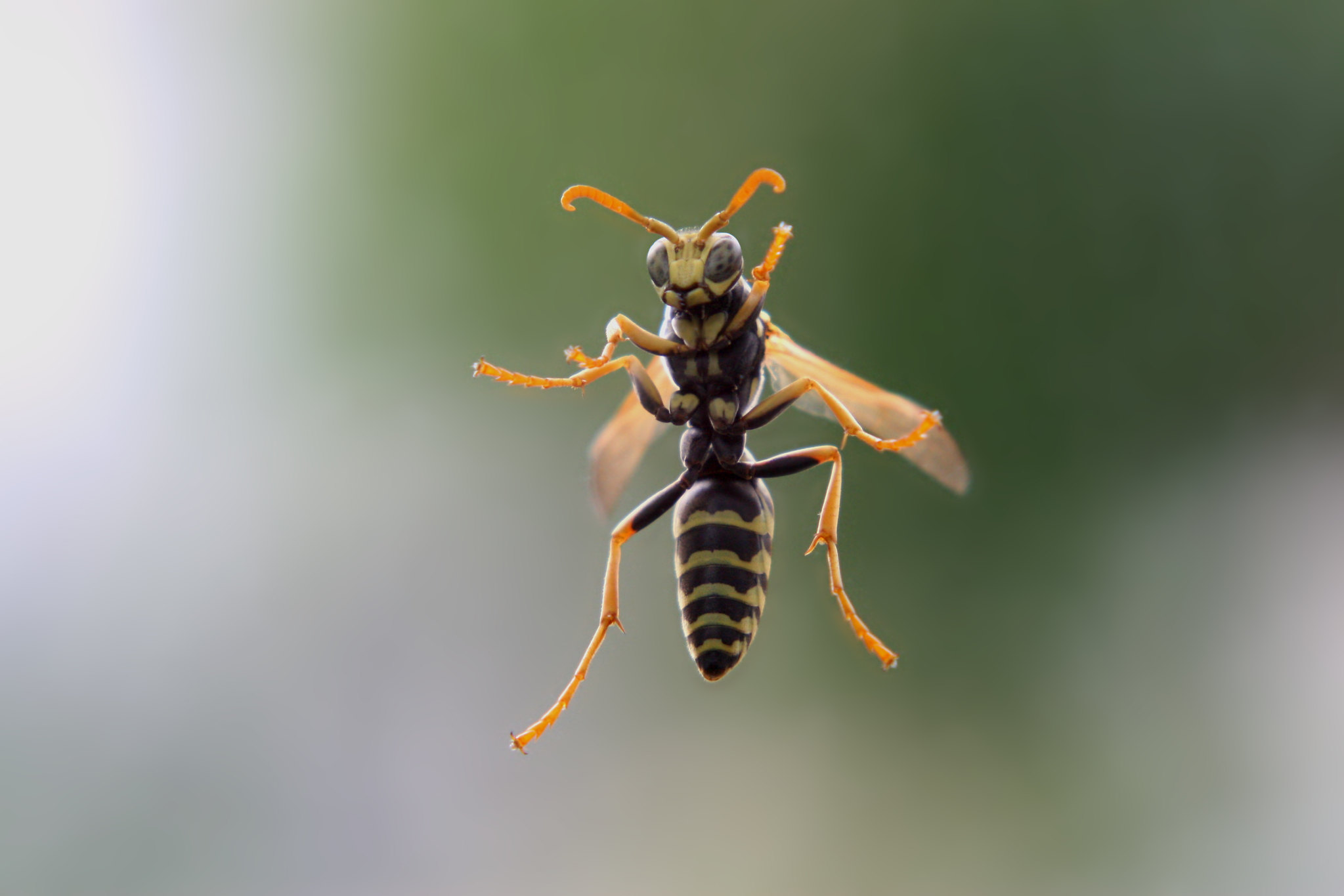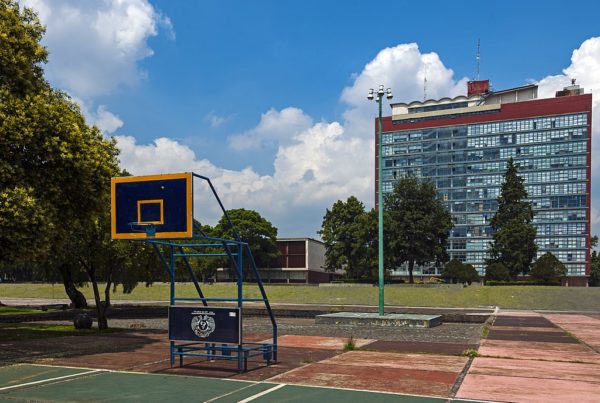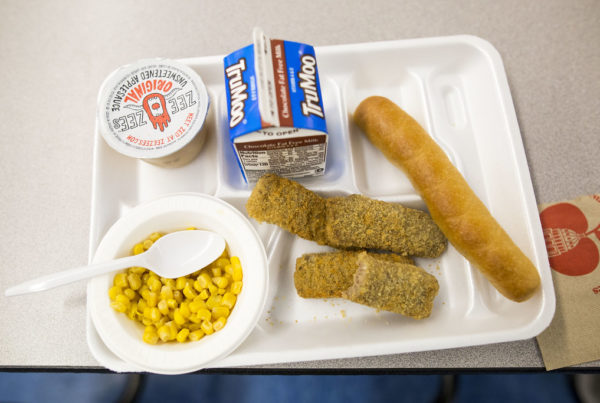Colder weather does mean wasps should be hibernating, but if you’re not careful, they could do so inside your home. Wizzie Brown, an insect specialist with the Texas A&M AgriLife Extension Office, has the details on which wasps you’re most likely to see hibernating near your home.
On where you might find wasps in the winter:
“They will go and find a protected location — whether that’s leaf litter or underneath tree bark, in a crack or crevice of somebody’s house or an attic space or a wall void, or whatever they find.”
On how to recognize a wasp nest:
“[Hornets, yellow jackets and paper wasps] are going to make a nest out of chewed wood fiber — so it looks like a paper material.”
On why you might see a wasp in the winter:
“Usually when that occurs it’s because the wasps, those founding females, are overwintering in some crack or crevice in the house and we have one of those sunny, warm winter days and that kind of fools them into thinking, Hey, spring is here … but then, when they can’t find any food, they end up dying.“















